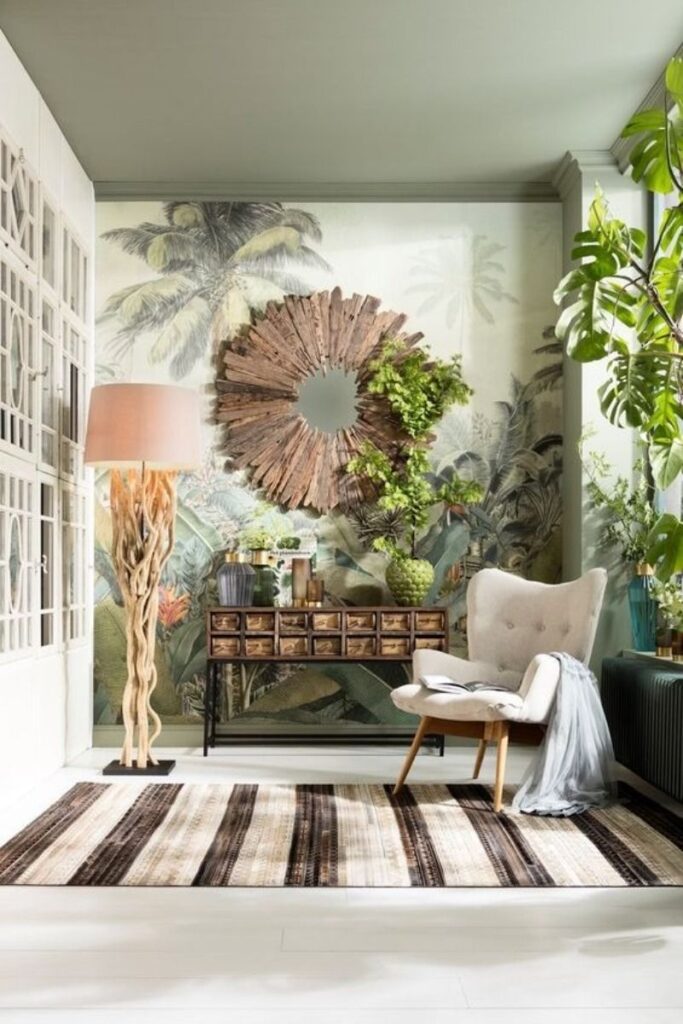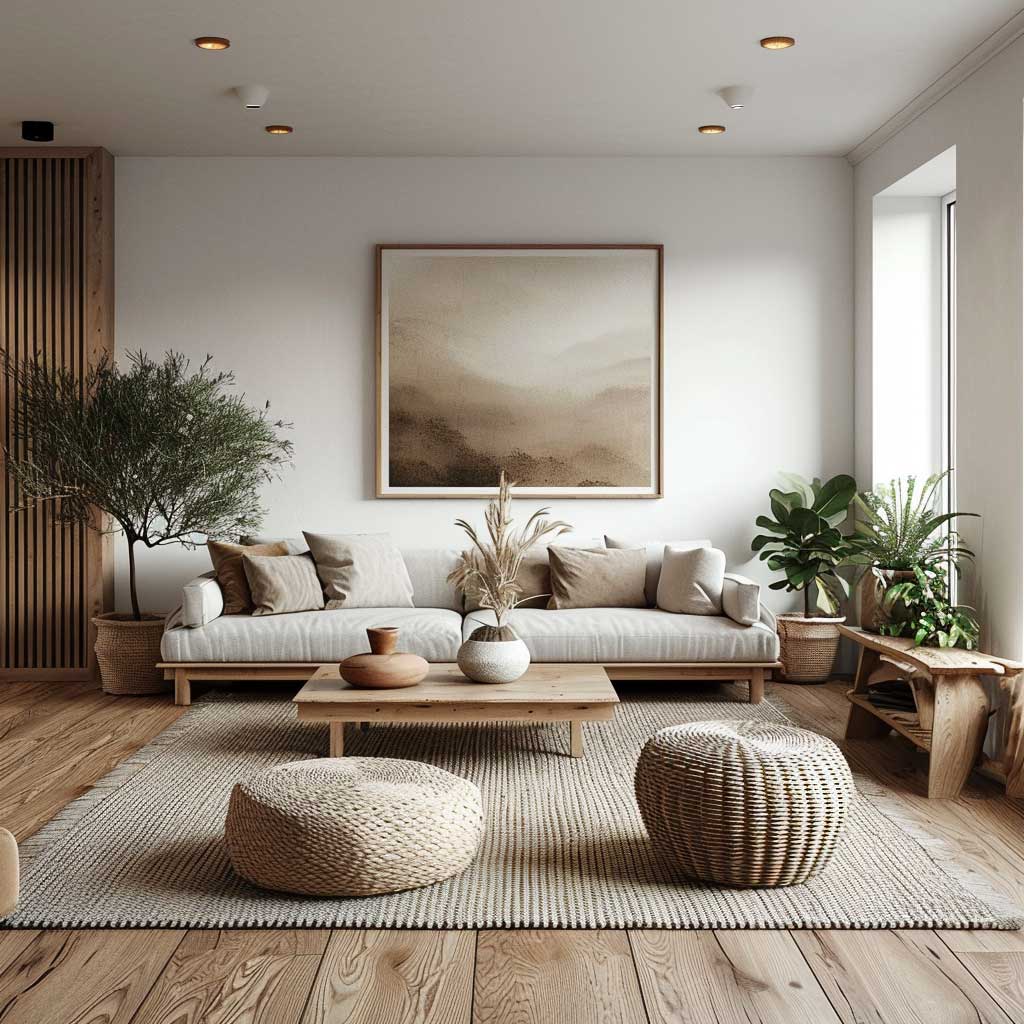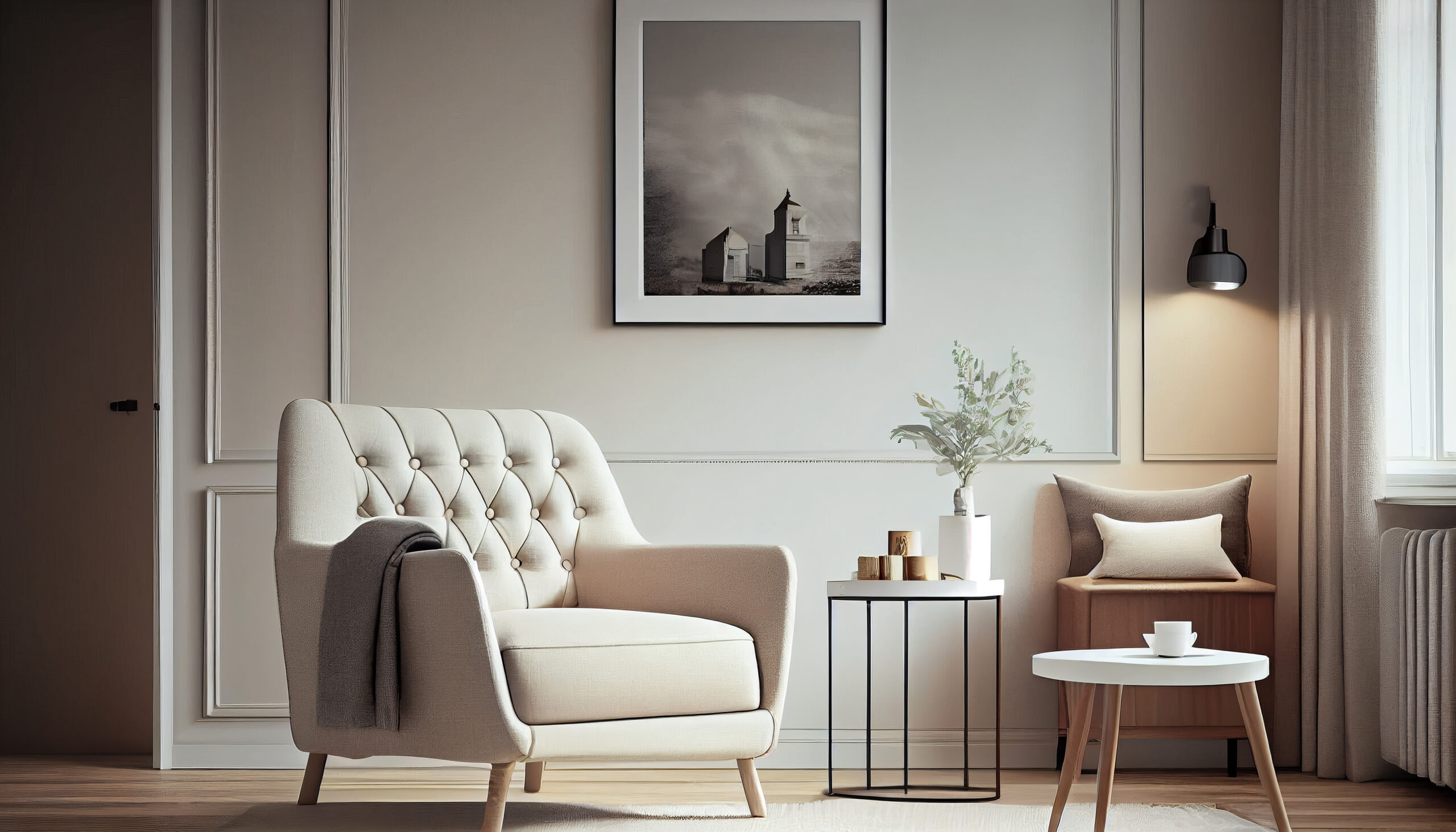In recent years, the world has witnessed a remarkable shift towards sustainability across various industries, and interior design is no exception. With growing awareness of environmental issues and the urgent need for eco-conscious living, the concept of eco-friendly interior design has gained significant traction. This approach not only promotes responsible consumption but also fosters healthier living environments for occupants. In this comprehensive guide, we delve into the core principles and practices of eco-friendly interior design, exploring its various aspects and the transformative impact it can have on our homes and lifestyles.
Understanding Eco-Friendly Interior Design
Eco-friendly interior design, also known as sustainable or green design, focuses on creating spaces that minimize negative environmental impacts while maximizing health and comfort. This approach encompasses a holistic view of design, considering factors such as material sourcing, energy efficiency, waste reduction, and indoor air quality. By prioritizing eco-friendly practices, designers aim to create spaces that are not only visually appealing but also sustainable in the long run.
Materials Matter: Choosing Sustainable Options

One of the cornerstones of eco-friendly interior design is the selection of sustainable materials. This involves opting for renewable resources, such as bamboo and cork, that have minimal environmental impact during extraction and processing. Additionally, designers look for materials with low volatile organic compound (VOC) emissions to improve indoor air quality. Reclaimed wood, recycled glass, and natural fibres like organic cotton and wool are popular choices for eco-conscious projects, offering both aesthetic appeal and environmental benefits.
Energy Efficiency and Conservation

Energy efficiency is another crucial aspect of eco-friendly interior design. By incorporating energy-saving appliances, LED lighting, and smart HVAC systems, designers can significantly reduce energy consumption in residential and commercial spaces. Passive design strategies, such as maximizing natural light and optimizing insulation, further enhance energy efficiency while reducing reliance on artificial heating and cooling systems. These measures not only lower utility bills but also reduce carbon emissions, contributing to a greener future.
Minimizing Waste: The Importance of Upcycling and Recycling

In the pursuit of sustainability, minimizing waste is paramount. Upcycling and recycling materials play a key role in eco-friendly interior design, offering creative solutions to repurpose existing resources. Designers can breathe new life into old furniture, fixtures, and architectural elements through innovative refurbishment techniques. Salvaged wood, reclaimed metal, and vintage textiles are transformed into unique design elements, reducing the demand for new materials and diverting waste from landfills.
Biophilic Design: Bringing Nature Indoors

Biophilic design seeks to reconnect occupants with nature by integrating natural elements into interior spaces. This approach acknowledges the inherent human need for connection to the natural world and harnesses the restorative properties of plants, natural light, and organic forms. Green walls, indoor gardens, and large windows that frame outdoor views create a sense of harmony and well-being, enhancing the overall quality of indoor environments. By fostering biophilic design principles, eco-friendly interiors promote health, productivity, and emotional well-being.
Sustainable Furniture: Investing in Long-lasting Pieces

Investing in high-quality, durable furniture is a cornerstone of eco-friendly interior design. By choosing pieces made from sustainably sourced materials and crafted with superior craftsmanship, designers can reduce the environmental impact of furniture production and consumption. Timeless designs and sturdy construction ensure longevity, minimizing the need for frequent replacements and reducing waste. Additionally, opting for furniture made from recycled or reclaimed materials further enhances sustainability efforts, closing the loop on resource utilization.
Water Conservation in Interior Spaces
Water saving Shower Head
Water conservation is a critical consideration in eco-friendly interior design, particularly in regions prone to water scarcity. Designers implement various strategies to reduce water consumption, such as installing low-flow fixtures, harvesting rainwater for irrigation, and incorporating gray water recycling systems. Efficient plumbing designs and water-efficient appliances further contribute to water conservation efforts, promoting responsible water use within residential and commercial interiors.
Eco-Friendly Finishes and Paints

Choosing eco-friendly finishes and paints is essential for creating healthy indoor environments. Conventional paints often contain high levels of VOCs, which can off-gas harmful chemicals into the air, contributing to indoor air pollution and health problems. In contrast, low-VOC or zero-VOC paints offer a safer alternative, minimizing exposure to toxic fumes and odours. Similarly, eco-friendly finishes, such as natural oils and waxes, provide durable and sustainable options for sealing and protecting surfaces without compromising indoor air quality.
Smart Home Technology for Sustainability

The integration of smart home technology is revolutionizing sustainability in interior design. From energy management systems to smart lighting controls, these innovative solutions offer unprecedented levels of efficiency and convenience. Home automation allows occupants to monitor and optimize energy usage, adjust lighting and climate settings remotely, and even track water consumption in real-time. By harnessing the power of technology, eco-friendly interiors can achieve greater levels of sustainability and comfort, paving the way for a more sustainable future.
The Future of Eco-Friendly Interior Design
As society continues to prioritize sustainability and environmental stewardship, the future of eco-friendly interior design looks promising. Advancements in materials science, technology, and design innovation will drive the development of more sustainable solutions for the built environment. From biodegradable materials to regenerative design principles, designers will continue to push the boundaries of creativity and sustainability, shaping spaces that are not only beautiful but also eco-conscious and resilient.
Eco-friendly interior design represents a paradigm shift towards more sustainable and responsible living. By embracing principles of sustainability, designers can create spaces that not only enhance our quality of life but also minimize environmental impact. From choosing sustainable materials and maximizing energy efficiency to incorporating biophilic elements and embracing smart technology, every aspect of interior design offers opportunities for eco-conscious innovation. As we strive towards a greener future, eco-friendly interior design will play a pivotal role in shaping healthier, more resilient communities and habitats for generations to come.





